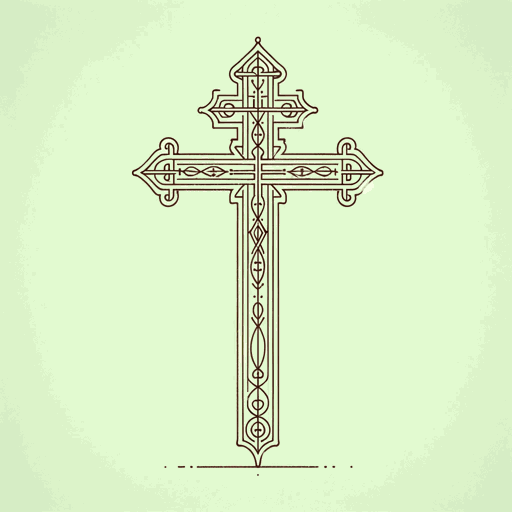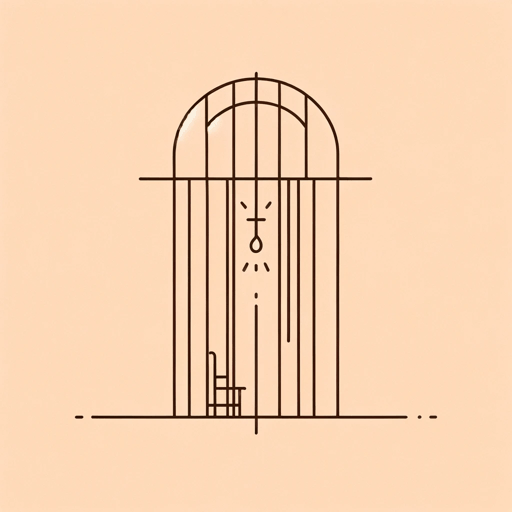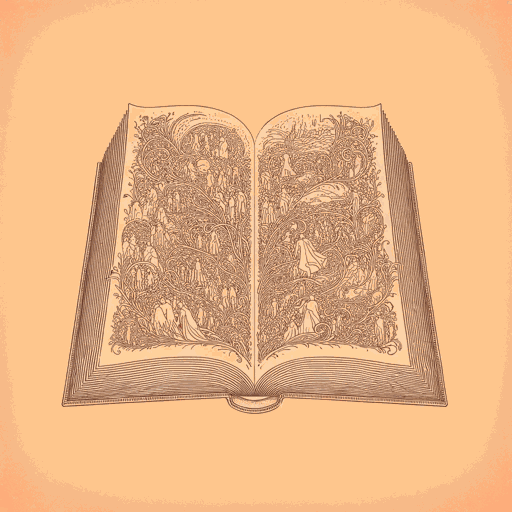32 pages • 1 hour read
Leo TolstoyA Confession
Nonfiction | Essay / Speech | Adult | Published in 1880A modern alternative to SparkNotes and CliffsNotes, SuperSummary offers high-quality Study Guides with detailed chapter summaries and analysis of major themes, characters, and more.
Summary and Study Guide
Overview
Leo Tolstoy’s A Confession, published in 1882, is an autobiographical work that deals with the philosophical and religious aspects of the meaning of life. Tolstoy’s struggle with how to live a meaningful life forms the core of the narrative. The author charts the development of his ideas about rationality, faith, and purpose in the context of his youth in Russia and his later writing career and family life. Tolstoy’s existential crises documented in the pages of A Confession include moments of depression and suicidal thoughts, which the reader should be prepared for. This guide uses the 1983 edition of the work published by W. W. Norton & Company and translated by David Patterson.
Leo Tolstoy is among the world’s greatest and most important writers. His works, including War and Peace (1867) and Anna Karenina (1878), are routinely ranked among the best novels of all time, and other writers from Gustave Flaubert to Virginia Woolf have sung Tolstoy’s praises. Tolstoy’s acute psychological insight is one of the compelling features of his work, and A Confession provides a fascinating opportunity to follow the author on his psychological journey through deepest despair and joyous clarity.
Summary
Tolstoy opens the book with a snapshot of his childhood in Russia and, in particular, his understanding of faith and religion as a young person. He explains that he lost his Christian faith while in university but maintained a vague belief in Jesus Christ. His only real faith as a young adult was in the ability to improve oneself physically, morally, and intellectually. Tolstoy was ridiculed by his peers for his morality. He moved to St. Petersburg and took up with a community of writers, where his self-improvement efforts waned, and he became disgusted with himself and his community for their selfish desire for fame and fortune.
Tolstoy next writes that witnessing a public beheading in Paris made him resolve to start making his own decisions about right and wrong. He moved back to Russia but fell into a spiritual malaise that lasted for 15 years. He then resolved to confront difficult questions about the meaning of life that he had been avoiding. Tolstoy began to feel that life is meaningless. Previous sources of pleasure, such as family and writing, lost their sweetness when Tolstoy considered that everything ends in death.
Tolstoy next discusses the shortcomings of the sciences. He abandoned his belief in progress when he realized that such a belief is absurd in a meaningless world. Tolstoy reinforces his finding that life is meaningless by referencing the work of great thinkers like Socrates and Schopenhauer who concur that life is vain and purposeless. Tolstoy is in the pit of despair at this point in the narrative.
In Chapter 7, the author discusses four ways to escape the trap of meaninglessness: ignorance; epicureanism, or losing oneself in pleasures; suicide; and simply letting life drag on. Tolstoy cites suicide as the most honorable of these escapes but admits that he is too weak to take this path. Tolstoy sets out to find a mistake in the logic that brought him to this point. Tolstoy begins reflecting on his pride, which made him ignore the way that millions of people found meaning through faith. He makes the uneasy hypothesis that the answer to the question of life might involve abandoning reason.
Eventually, Tolstoy discovered the flaw caused by his commitment to rationality: He sought answers that exist outside of the realm of reason. He concluded that only faith can provide meaning. He then dove into the study of various religions and was disappointed by the behavior of elite Christians who did not adhere to their lofty principles. Tolstoy found that only the pure and simple faith of common people is authentic.
Tolstoy compares his existence to that of the working class and realizes that he was unable to understand the meaning of life because he squandered his in selfishness. He then set out to live a simple life like the faithful masses he admired. Crucially, Tolstoy realized that as long as he sought God, he felt sure-footed and strong.
Tolstoy struggled with Orthodox theology but tried to accept it as part of his faith journey. However, he struggled to go along with religious rituals that he found absurd. Tolstoy increasingly found that he felt closer to God when he listened to the faithful poor talk about their lives, while he fell deeper into despair when he associated with educated, affluent people.
In the end, Tolstoy broke with the Russian Orthodox Church, deciding that an interdenominational or ecumenical approach to faith, in which the attainment of greater spiritual knowledge is the most important thing, is the best way forward. He concludes the book by admitting that Orthodox theology is a mixture of truths and falsehoods and announces his intention to understand where reason ends and faith begins.








Related Titles
By Leo Tolstoy










